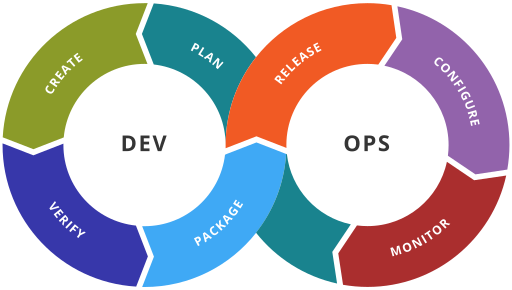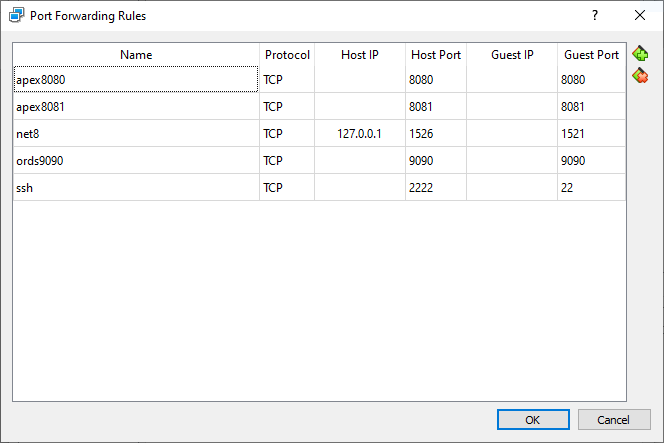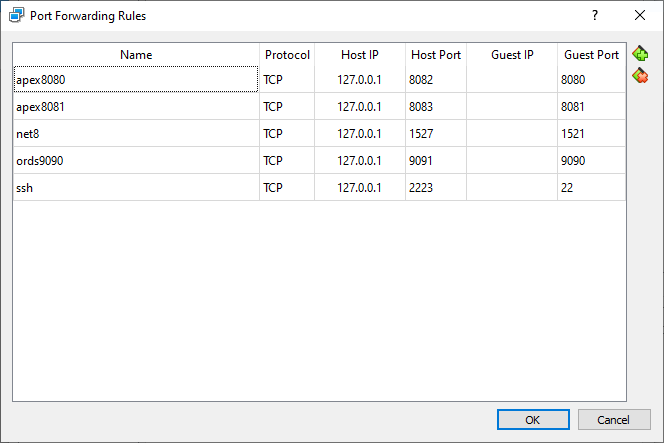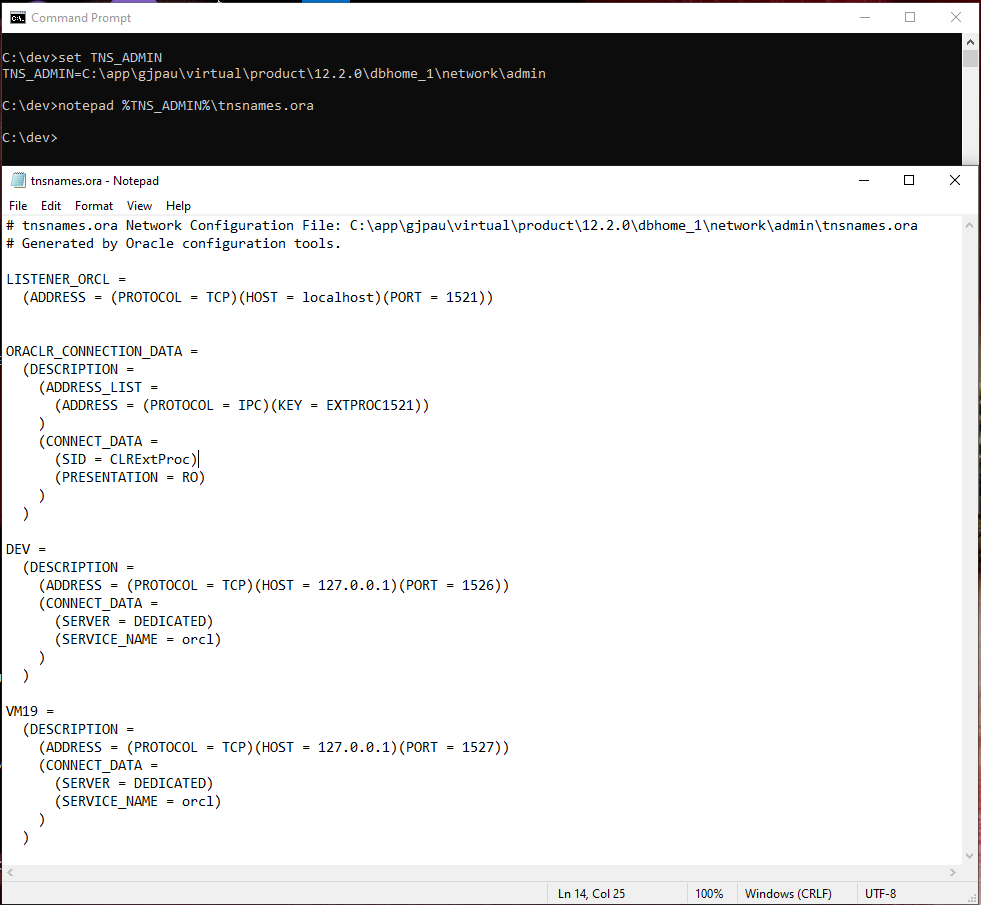How to build an Oracle APEX application (3)

Last time in “How to build an Oracle APEX application (2)”, I did show you the database structure.
This time I will elaborate on the base tools, the Oracle Database and Oracle APEX.
Oracle Database
How to use it?
I can tell a lot about the database but I will focus on the essentials needed to work with a front-end like APEX.
I recently saw this approach used in a complex APEX application built for my current client, and I liked what I saw - so I used a similar one in another project of mine, with good results.
- Pages load and process faster
- Less PL/SQL compilation at runtime
- Code is more maintainable and reusable
- Database object dependency analysis is much more reliable
- APEX application export files are smaller - faster to deploy
- APEX pages can be copied and adapted (e.g. for different interfaces) easier
Build your APEX application better - do less in APEX, Jeff Kemp on Oracle, 13 February 2014
I couldn’t agree more. This was quite some time ago but it is still valid. For any front-end actually. This is not just for APEX. I will repeat this again and again: you have a really powerful database for which you (or your company/client) have paid a lot. So use it well, put all the data and business logic where it belongs: the database. It will make your application faster, more secure, easier to develop and debug. And also more maintainable since there is a lot more Oracle Database expertise than for instance some obscure front-end expertise. This is a best practice since long, just do it.
And for those people who like database independence: I just like to get things done well, so I use PL/SQL since that is just the best language to work with the Oracle Database. I do not want to use JDBC (in combination with Java) or ODBC (in combination with .NET/Python) when I can use PL/SQL. And every other well designed database has some kind of language like PL/SQL. So if you want to be independent why not write a language layer for each database having the same functionality.
One more last thing. I have seen a lot of projects with Java developers using JDBC and Oracle and what has surprised me very often is the ignorance of the database they work with. The Java code just issues statements against the tables, no invocation of PL/SQL (package) procedures or functions. All functionality in the middle tier, not in the database. And the funny thing is that Oracle even has an Object Oriented layer: Oracle Object Types. It is true that Object Types are more limited than Java classes but I have created some nice applications based on the Oracle OO concept. You can also use an Object Type as a kind of glue between Oracle and another language like Java. And as a Java programmer you can also invoke REST APIs powered by PL/SQL. What a pity that a large part of the Oracle functionality is not used by those Java programmers.
What version?
My advice is to use the latest major version or the one before. So for an Oracle Database nowadays this means version 21c or the long-term support (LTS) release 19c (equivalent with 12.2.0.3). This is a simple advice for any software and it assures you that you keep up with enhancements, (security) patches and so on. Do not wait to long. Again I will use the analogy with a house: you’d better paint and maintain it regularly than wait till the wood has rotten.
What platform?
I have talked about it briefly in the first post but for a development environment I would just download the prebuilt virtual machine Database App Development VM from Oracle for my development environment. It comes with the database and APEX integrated on an Unbreakable Linux Operation System. Simple to use and backup and you can be the DBA without bothering anyone. And free of charge for a development environment.

Do not forget to make snapshots (backups) regularly. It has saved my life quite a few times.
Virtual machine settings
You may have more than one virtual machine (VM) and thus more than one database and APEX instance and you would like to have them all running and accessible at the same time? You will need port forwarding to accomplish this.
Please note that the virtual machine network configuration for the database is the same: ip address 127.0.0.1, port 1521 and instance name ORCL. APEX can be accessed through port 8080 on the virtual machine.
I have a Windows 10 laptop with two virtual machines, DEV (APEX 18.2) and VM19 (APEX 19.2).
These are the port forwarding rules for VM DEV: 
And these are the port forwarding rules for VM VM19: 
So the DEV database can be accessed by port 1526 on my Windows laptop and the DEV APEX instance thru the standard port 8080. The VM19 database can be accessed by port 1527 on my Windows laptop and the DEV APEX instance thru port 8082.
And this is the SQL*Net TNSNAMES configuration: 
I always use the environment variable TNS_ADMIN on any platform to point to the directory of the SQL*Net tnsnames.ora file. This allows me to have one point of truth for SQL*Net even if I have several Oracle product installations.
Oracle APEX
As said before this series of articles is not an advice how to use the tools but it is just how to build a database application with a plan, an architecture. This book, Oracle APEX Best Practices, may help you with that.
Anyhow if you have followed my advice to use a virtual machine for development, you have an APEX instance now.
For me the way to go from development to production is to export the development application and import it in every next stage till it reaches production. I do not consider it a very good idea to manually apply the changes in later stages. It is certainly not the DevOps way.
Collaborating
If you need to collaborate while developing an application you need of course a shared database and APEX instance. It will be a little bit more difficult since you need to be more careful but thanks to the ability to lock APEX pages and the Build Options you can manage.
Parallel development
The problem with APEX is that you can not really install parts of it: it is all or nothing. So even if you split the APEX application export file using the Oracle SQLcl client, you can not just use some files. You have to use them all.
This influences also parallel development (branching if you prefer).
My current client has a large number of APEX applications, one of which is a doozy. It is a mission-critical and complex application in APEX 4.0.2 used throughout the business, with an impressively long list of features, with an equally impressively long list of enhancement requests in the queue.
They always have a number of projects on the go with it, and they wanted us to develop two major revisions to it in parallel. In other words, we’d have v1.0 (so to speak) in Production, which still needed support and urgent defect fixing, v1.1 in Dev1 for project A, and v1.2 in Dev2 for project B. Oh, and we don’t know if Project A will go live before Project B, or vice versa. We have source control, so we should be able to branch the application and have separate teams working on each branch, right?
We said, “no way”. Trying to merge changes from a branch of an APEX app into an existing APEX app is not going to work, practically speaking. The merged script would most likely fail to run at all, or if it somehow magically runs, it’d probably break something.
Parallel Development in APEX, Jeff Kemp on Oracle, 23 January 2014
Things have not really changed since 2014.
Keep APEX versions aligned
Keep in mind that you cannot import an APEX application into another APEX instance if the exported version is higher than the version of APEX to import into. So exporting an APEX 19.2 application will not import into APEX 18.2. So align all your APEX versions from development till production.
Conclusion
In this post you have seen how to setup an Oracle APEX development environment and some best practices as well.
Stay tuned!

